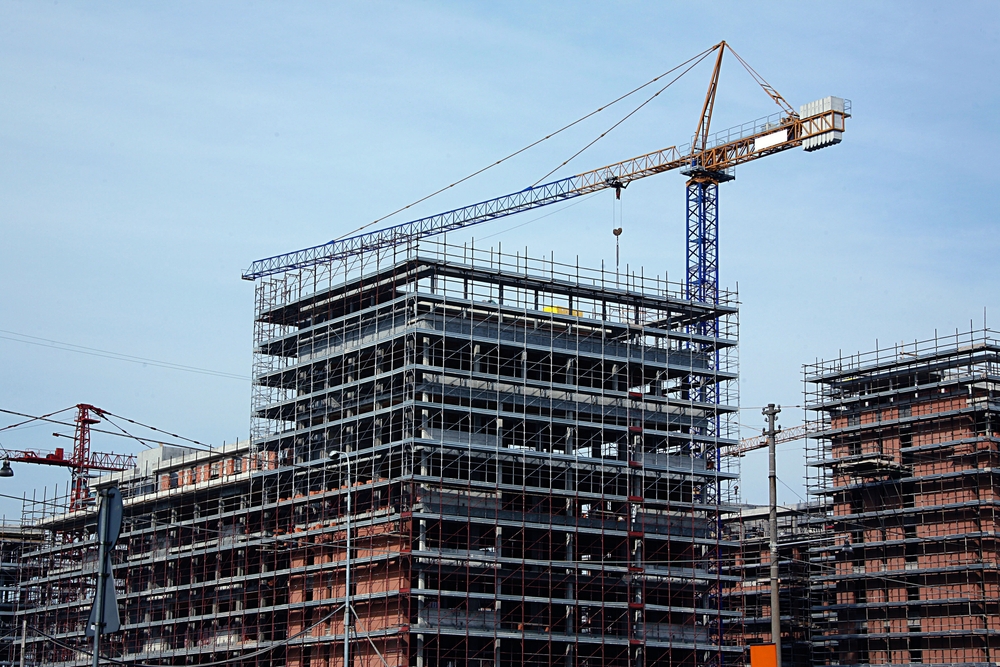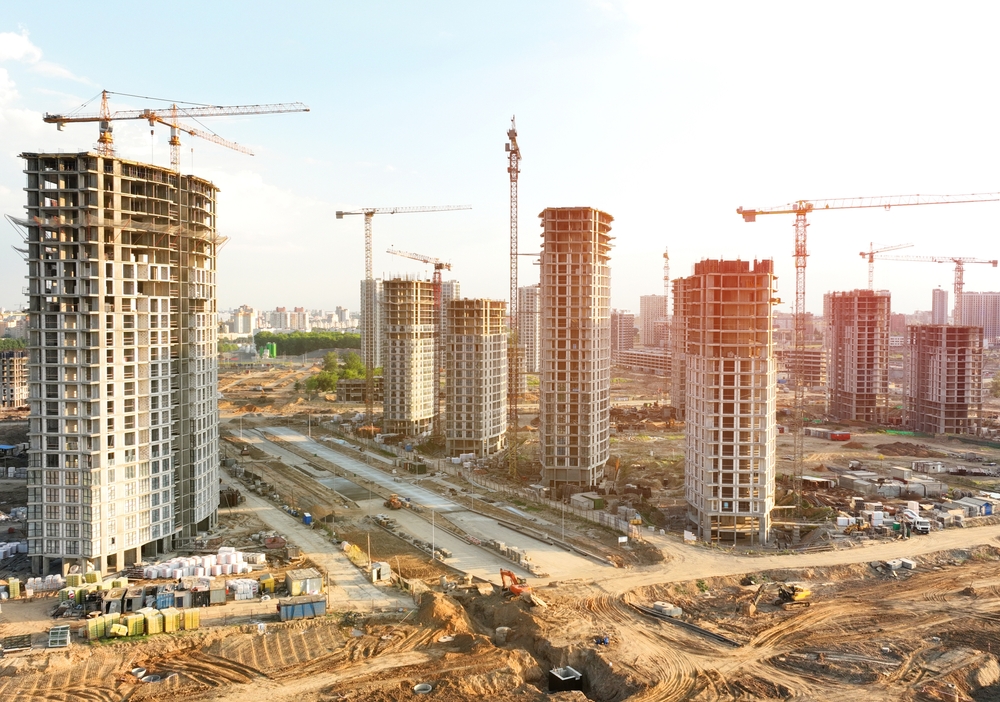5 Key Risk Factors in Construction Projects
5 Key Risk Factors in Construction Projects and How to Mitigate Them

Risk Factors in Construction Projects: Construction projects are inherently complex and face a variety of risks. Managing these risks effectively is crucial to ensuring a project’s success, both in terms of time and budget. In this post, we’ll explore five key risk factors in construction projects and provide practical strategies to mitigate them.
1. Financial Risk
What Is Financial Risk?
Financial risk in construction projects arises when the project costs exceed the budget, leading to significant financial strain. Causes of financial risk include material cost fluctuations, labor shortages, unexpected design changes, or delays in project execution.
How to Mitigate Financial Risk:
- Detailed Budget Planning: Develop a comprehensive budget that accounts for all foreseeable expenses, including labor, materials, equipment, and contingency reserves.
- Fixed-Price Contracts: Negotiate fixed-price contracts with suppliers and contractors to minimize the impact of material price fluctuations.
- Regular Budget Reviews: Continuously monitor project costs and compare them against the initial budget to identify potential overruns early.
For more tips on managing project budgets effectively, check out this guide on budget control.
2. Schedule Risk
What Is Schedule Risk?
Schedule risk occurs when project timelines are not met, leading to delays. This can be caused by poor project planning, bad weather, resource unavailability, or logistical problems. These delays can increase costs and strain client relationships.
How to Mitigate Schedule Risk:
- Realistic Scheduling: Create a detailed project schedule that accounts for all phases of the project, with built-in buffers for potential delays.
- Effective Resource Allocation: Ensure that sufficient resources (labor, materials, and equipment) are available and allocated efficiently to avoid downtime.
- Use of Project Management Tools: Implement project management software to track progress in real time and address bottlenecks early.
3. Safety Risk
What Is Safety Risk?
Construction sites are prone to accidents and injuries, making safety risks one of the most critical concerns. Safety risks not only endanger workers but also lead to legal liabilities, project delays, and increased costs.
How to Mitigate Safety Risk:
- Comprehensive Safety Training: Provide mandatory safety training for all workers and supervisors, ensuring that everyone is aware of potential hazards and safety protocols.
- Regular Safety Audits: Conduct frequent safety inspections to identify potential risks and ensure compliance with safety regulations.
- Proper Safety Equipment: Ensure that all workers are equipped with appropriate personal protective equipment (PPE), and enforce its use.
4. Design Risk
What Is Design Risk?
Design risk arises when project designs are incomplete, ambiguous, or prone to frequent changes. This can result in rework, material waste, delays, and increased costs.

How to Mitigate Design Risk:
- Thorough Design Review: Conduct detailed reviews of design plans before construction begins to ensure all specifications are clear and complete.
- Stakeholder Collaboration: Foster regular communication between architects, engineers, and contractors to ensure the design meets both client expectations and construction feasibility.
- Change Control Process: Implement a formal change control process to manage and approve any design modifications during the project.
5. Environmental Risk
What Is Environmental Risk?
Environmental risk refers to the unpredictable impact of natural events like bad weather, flooding, or other environmental conditions that can disrupt construction progress.
How to Mitigate Environmental Risk:
- Contingency Planning: Prepare for potential environmental challenges by developing contingency plans that account for weather delays or natural disasters.
- Material Selection: Use materials and designs that are resistant to environmental impacts, such as water-resistant structures in flood-prone areas.
- Insurance: Secure appropriate insurance coverage to protect against financial loss due to environmental disruptions.
Conclusion
Risk management is critical for the success of any construction project. By proactively identifying and addressing financial, schedule, safety, design, and environmental risks, project managers can significantly reduce the likelihood of disruptions and ensure that projects are completed on time and within budget.
If you’re looking for expert assistance in managing your construction project, contact us here for tailored solutions.
External Resources for Legal Guidance
Risk Factors in Construction Projects
Read more related articles to enhance your knowledge and make informed decisions
10 Essential Steps in the Building Construction Process
How to Choose the Right Materials for Your Construction Project








